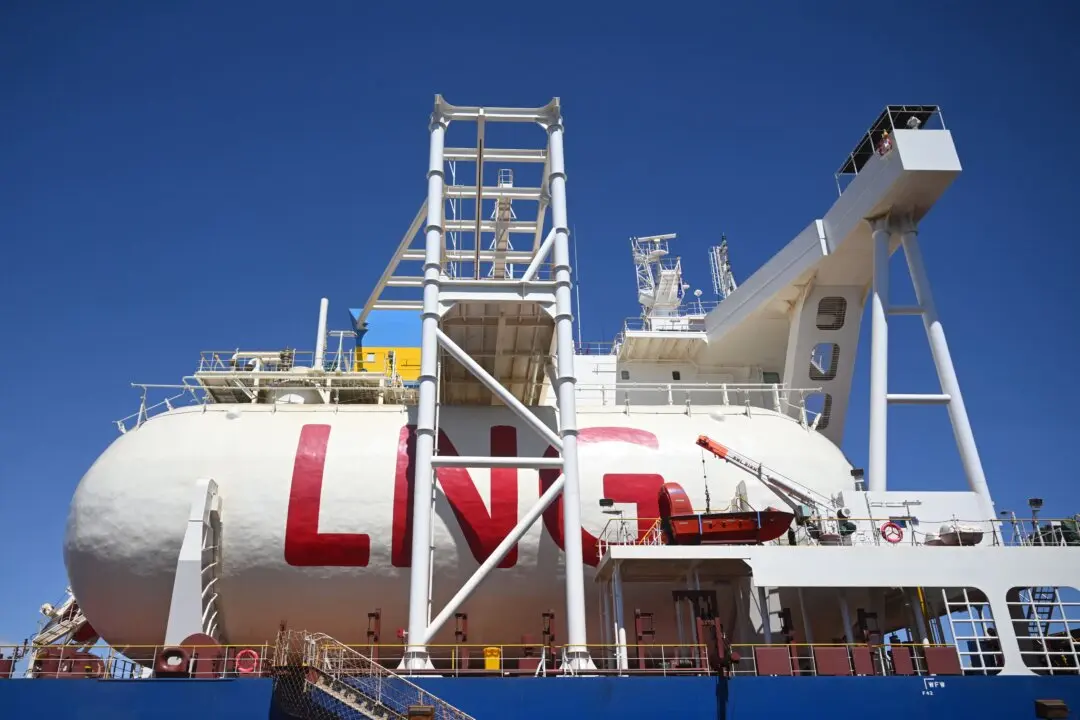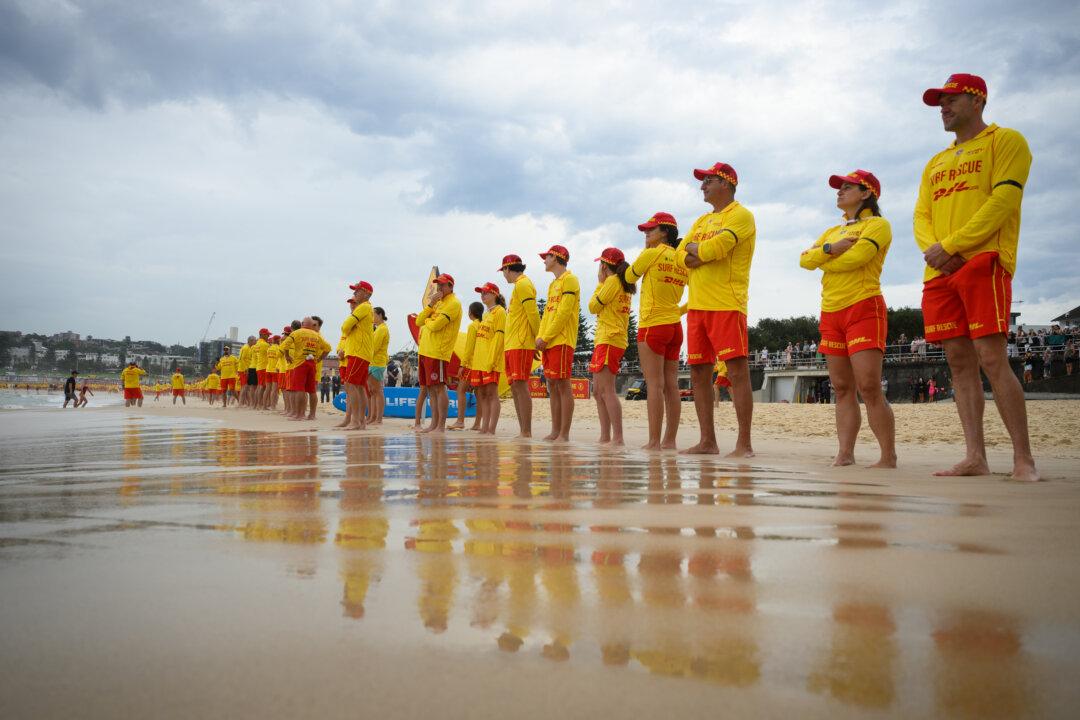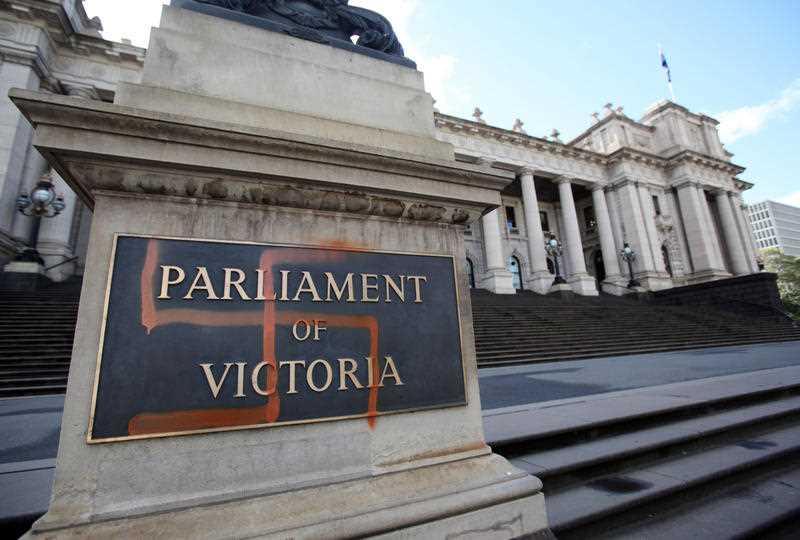Australia’s national news broadcaster says more funding is needed to make an impact in the Pacific region after years of cuts leading to service shutdowns.

An employee walks past the logo of the ABC located at the main entrance to the ABC building located at Ultimo in Sydney, Australia, on June 5, 2019. AAP/David Gray
|Updated:




